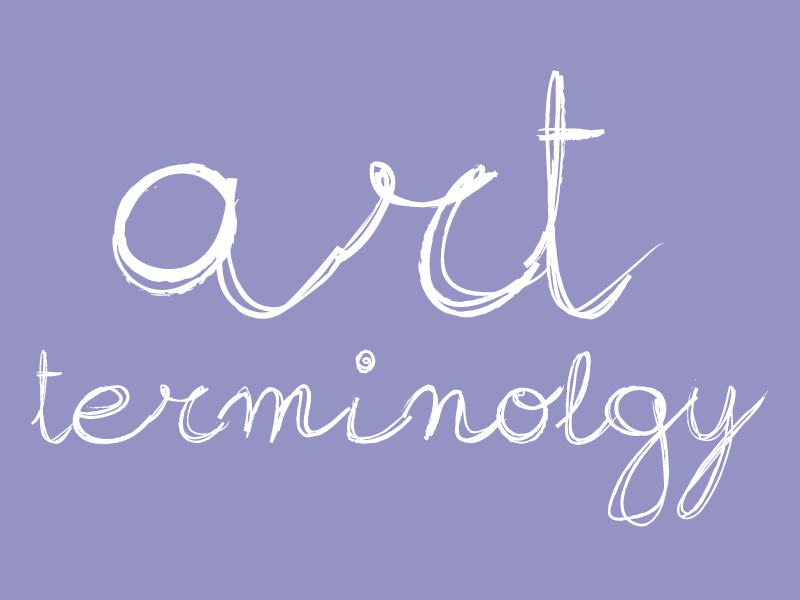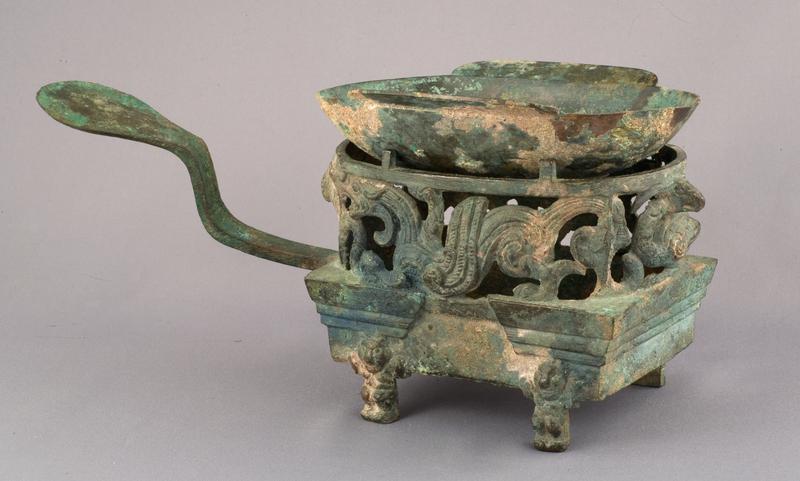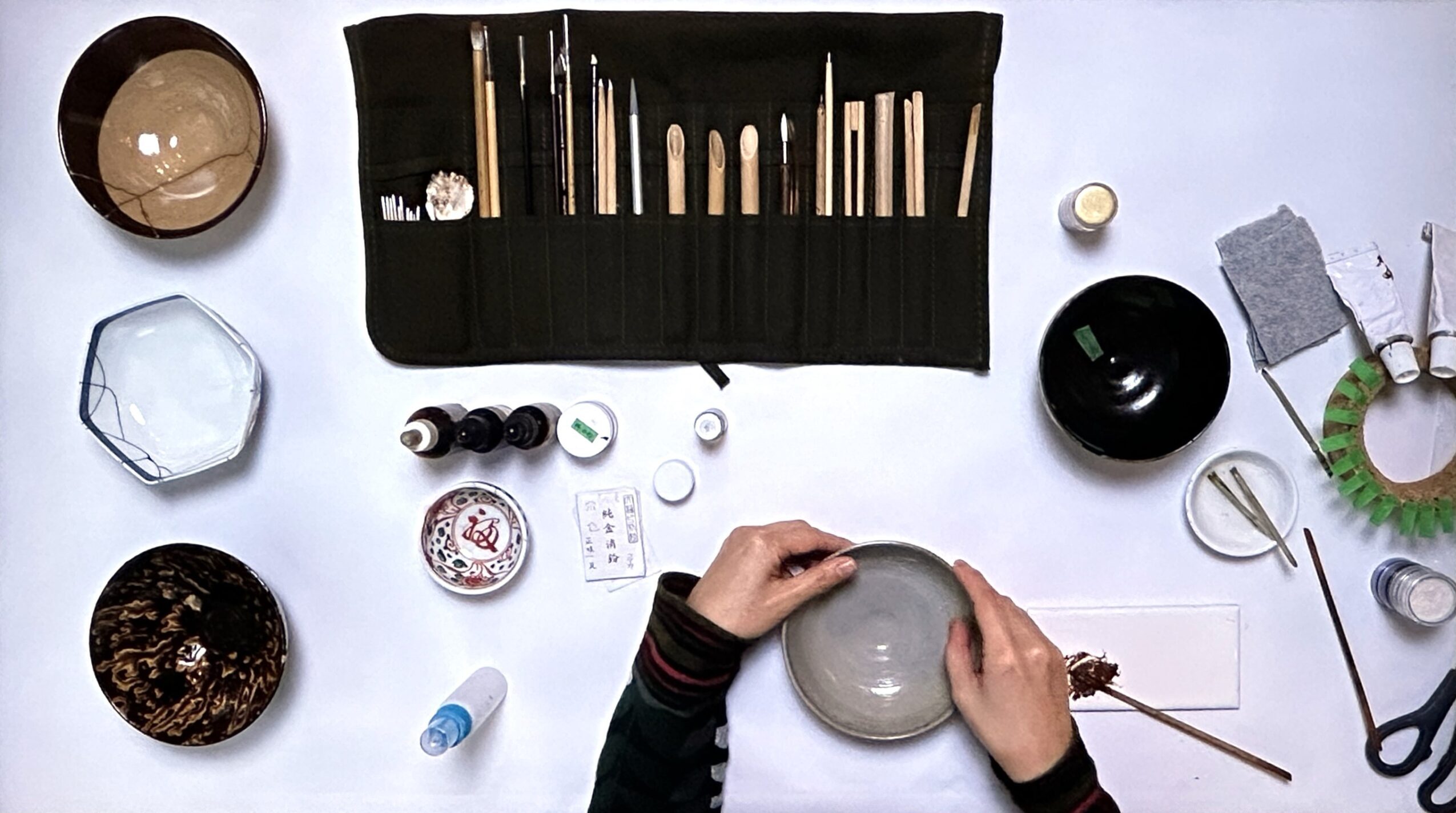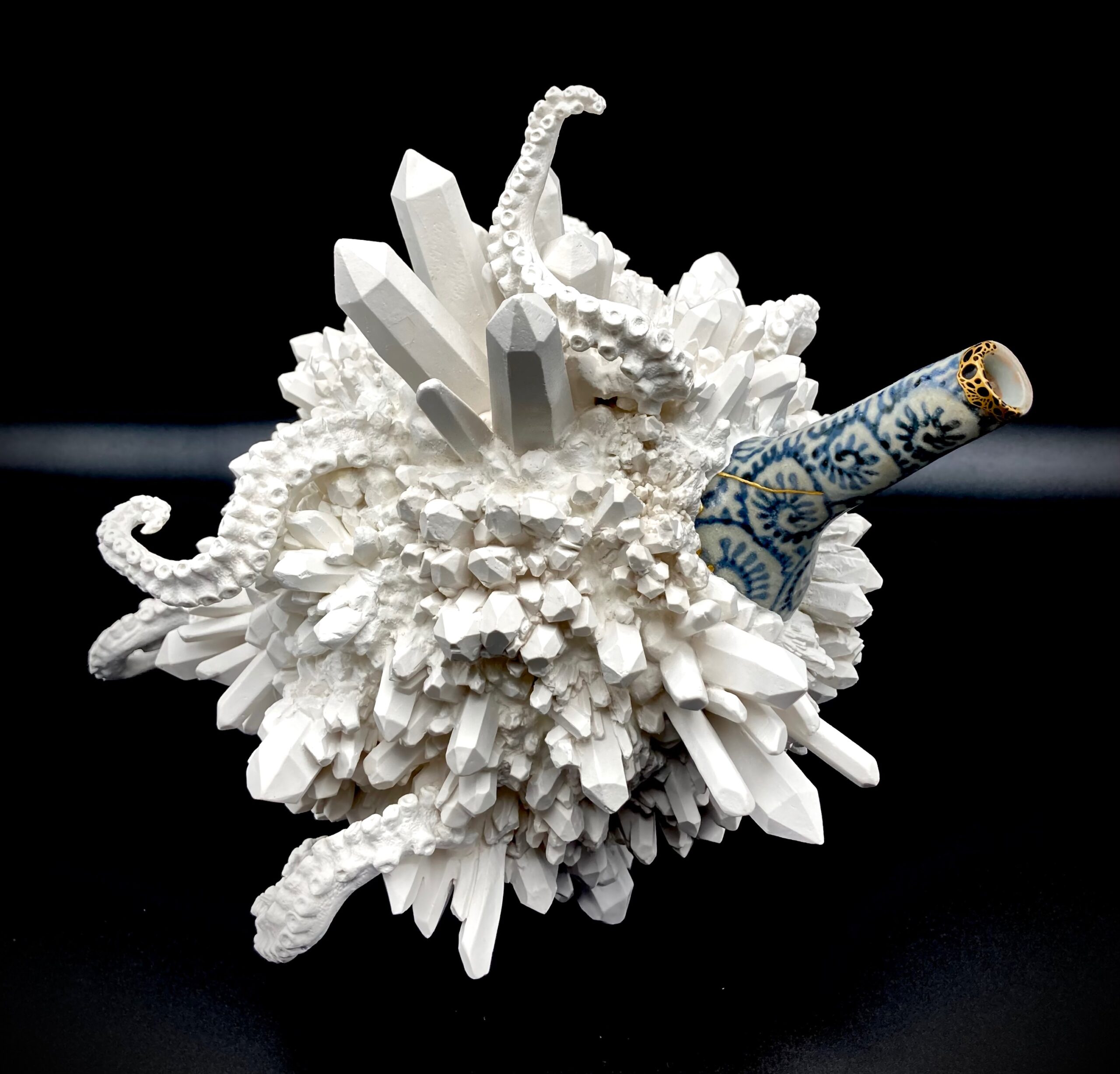As a follow-up on our previous Art Terms For Beginners post where we demystified European art terms, this post will look at terminology specific to Asian art. The examples come from the AGGV’s extensive collection of artifacts from China, Japan, Korea, India, Nepal and South East Asia.
1. Imari
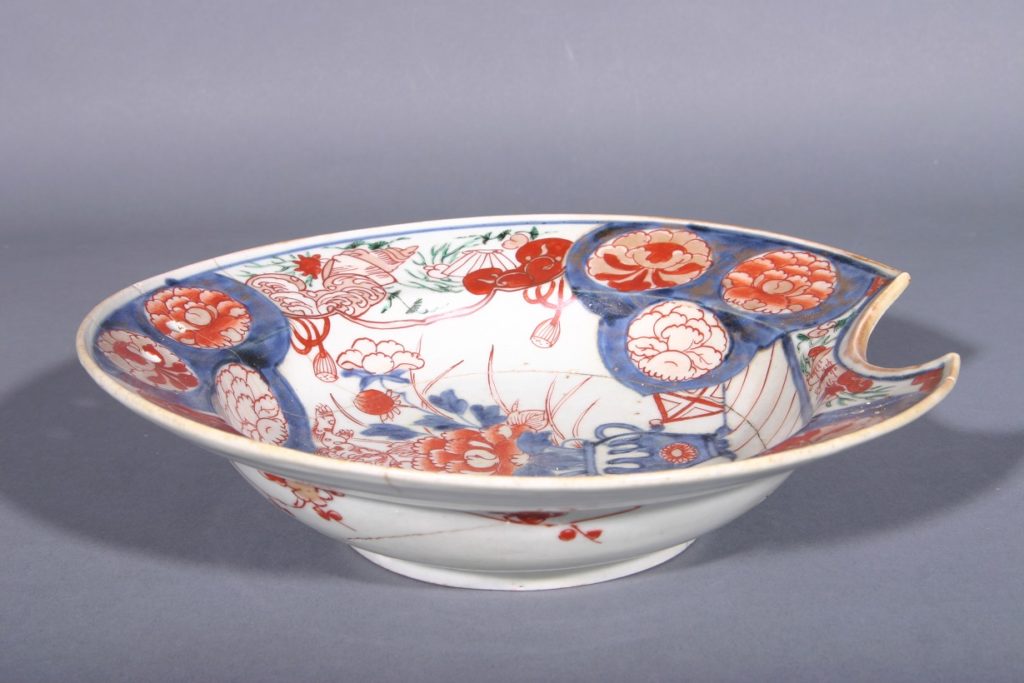
Traditionally made in the town of Arita in the Kyushu province in Japan, the porcelain characterized by a combination of underglaze-blue and overglaze enamels, including gold, is called Imari after the port town whence these wares were exported in large quantities to Europe in the 17th and 18th centuries. The popular style has spawned copies made in China and Europe as well, called “Chinese Imari” and “European Imari”.
2. Kesi
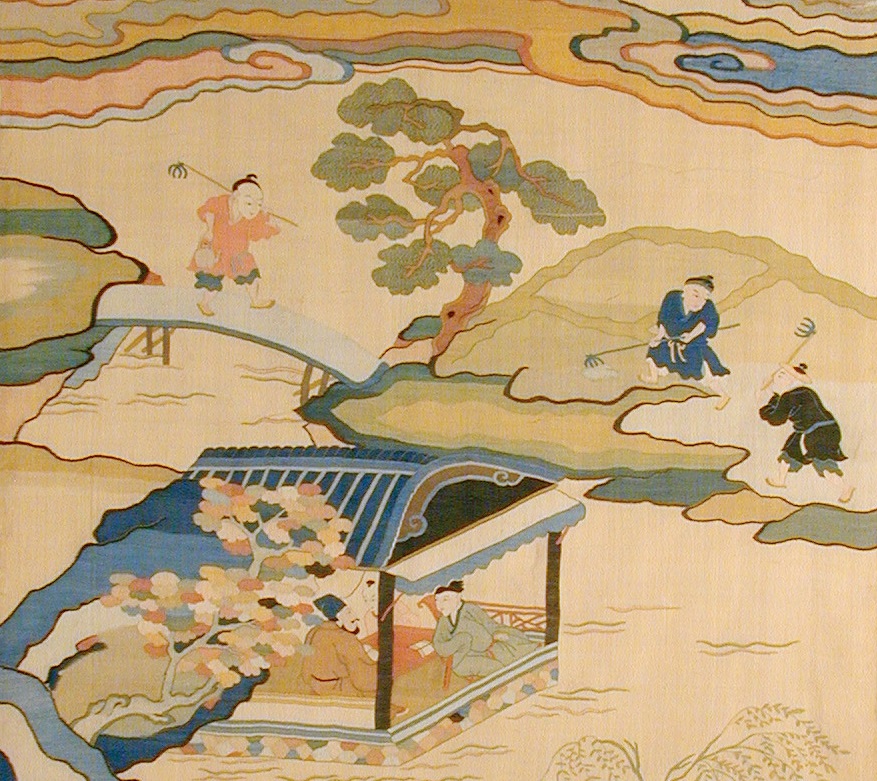
From the Chinese meaning “cut silk”, kesi is the technique of hand-weaving silk tapestry that began around the Tang dynasty (618-907). The name derives from the appearance of cut silk threads to create nuances of colour and shading in the pictorial design. This technique allowed for intricate designs to be woven, including landscapes, religious imagery and copies of famous paintings. In the AGGV collection is a pair of kesi panels that depict the processes of rice planting.
3. Mudra

A mudra is a symbolic spiritual gesture in Buddhism and Hinduism. The mudra is usually formed with the fingers and hands, but can also be made with other parts of the body. In Buddhist and Hindu iconography the mudra takes on specific meanings, especially when paired with an asana (or seated position). The Gandharan sculpture above is seated in Dhyana mudra with hands resting on the lap, right hand over left with palms facing up. This is the gesture of meditation.
4. Pagoda

The pagoda is a tiered tower with multiple eaves found originally in East Asia (China, Japan and Korea). Its architectural form developed from the South Asian stupa which has a more pronounced dome shape. The pagoda’s original purpose was to house relics and religious texts, usually Buddhist, although Daoist pagodas are known to exist.
